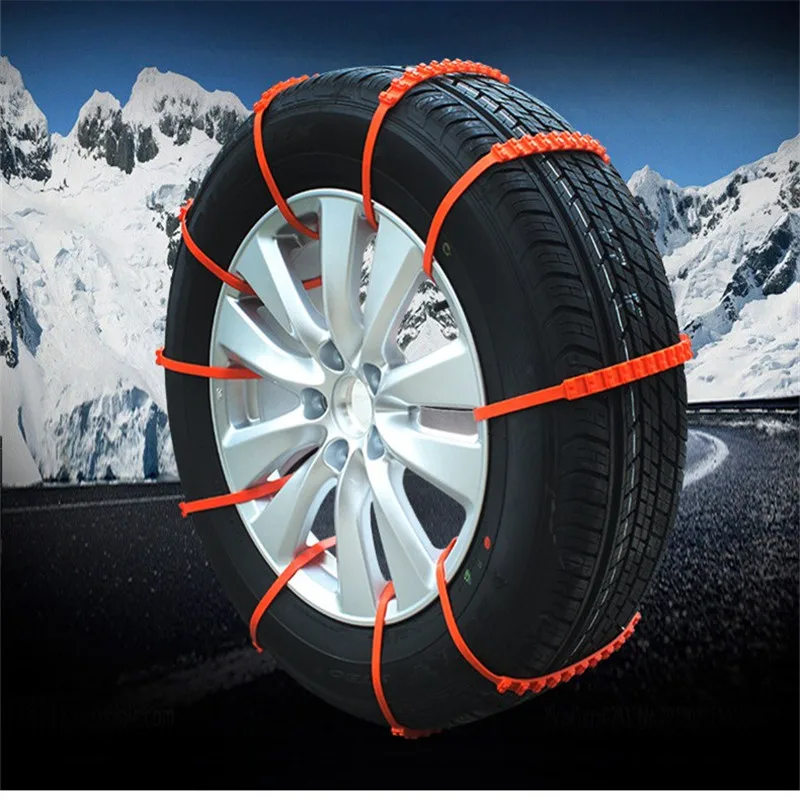If you wonder whether your “all-season” tires perform just as well in snow as the best snow tires, we have the answer. They don’t, and it’s really not even close. Most snow tires, or “winter tires” as they are sometimes known, outperform all-season tires in snow, rain and even on ice. Here is a look at the benefits of snow tires, the technology that makes them work, and some of the pros and cons of putting them on your vehicle.
Silvio Verrecchia / EyeEm
On This Page
Thanks to a couple of advances in tire technology, winter tires perform much better than the traditional “snow” tires you may remember (if you’re old enough). They work better in snow, ice, slush and mud and on cold, dry pavement. The rubber compounds are entirely new. Most manufacturers now use rubber compounds that include silica, and some spruce up the formula even formula with traction bits and hollow “cells” that squeegee and suction water off the road. Tread designs are also far more aggressive to provide better acceleration and shorter stopping distances. Winter tires have more sipes (cuts in the tread) than all-season tires so that they can squeegee more water off the road. Saw-tooth sipes provide more surface area and cut into snow and slush better than straight sipes. The “micro pump” holes in the tread act like plungers to suck water off the road and then spit it out as the tire rolls.
All-season rubber compounds literally skate on ice. But winter tires are made with softer rubber compounds and added silica to give them more flexibility and grip on ice. And the special tread removes more water from the ice. The test results show that winter tires outperform all-season tires on ice, too.
Tirerack.com used an indoor ice rink and timed the acceleration from a dead stop and measured stopping distances from 10 mph (Figure B). Winter tires accelerated faster. When taking a 90-degree turn at 10 mph, the car with winter tires stayed within the marked driving lane, while the car with all-season tires skidded out. That kind of cornering performance can mean the difference between avoiding an accident and causing one.
digi_guru/Getty Images
A set of four winter tires costs $600 or more, depending on your wheel size. If you have the tires mounted on your existing wheels, you’ll have to pay a shop to swap them each spring and fall. Most shops charge about $18 apiece to demount your all-season tires, mount the winter tires, balance and install them. However, if you buy an extra set of wheels and tire pressure sensors ($480 per set), you’ll save at least $50 on each changeover. Don’t think you can skip the tire pressure sensors—the shop can’t legally install wheels without tire pressure sensors if your vehicle was already equipped with them.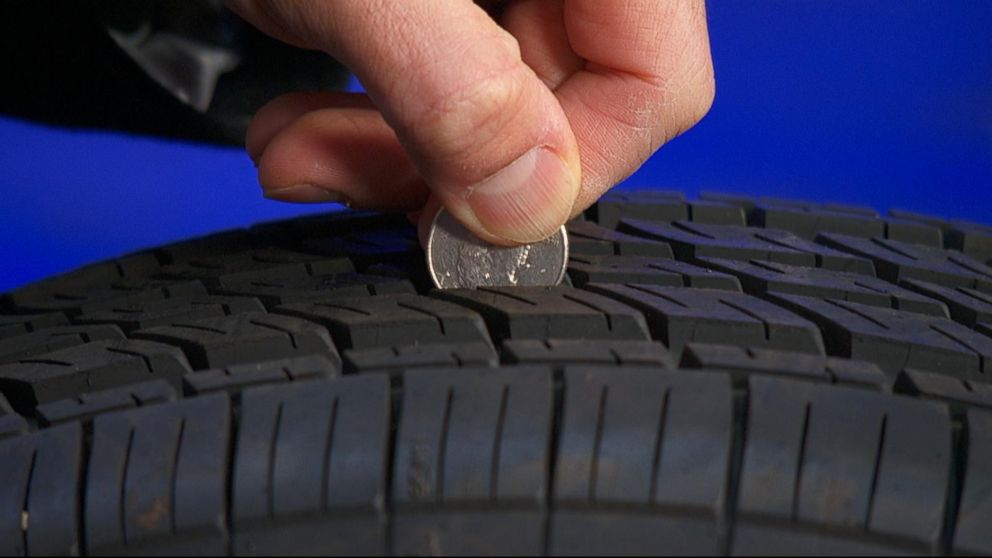
Sure, winter tires cost a lot. But keep in mind that you’re getting a lot for your money. When you factor in the better stopping distance and handling in turns, it’s easy to see how winter tires could prevent an “at-fault” accident. If your collision deductible is in the $500 to $1,000 range, winter tires could actually pay for themselves in a single season if they keep you out of an accident.
Here’s another way to analyze the costs. Winter tires last about five years or 35,000 miles. Those are miles you won’t be putting on your all-season tires. So if buy a full set of new wheels, the true cost of winter tires comes out to about $150 per year for the first five years. Then if you buy a second set for those same wheels, the cost drops to just $65 per year. It’s worth the relatively small annual cost involved to get the extra stopping power and better handling that can help you avoid an accident.
Tire manufacturers make multiple winter tire models for specific winter conditions. So get expert advice from your local tire dealer to match the tire to your vehicle, your climate and your driving habits.
So get expert advice from your local tire dealer to match the tire to your vehicle, your climate and your driving habits.
Mounting winter tires on the second set of wheels saves money over swapping tires on a single set of wheels. But you can save even more if you negotiate a package deal with the tire shop. Get a price for the tires, wheels, sensors and free seasonal mounting. If your shop offers a “Tire Hotel” service to store your off-season tires, ask them to throw that into the package as well. That way you won’t have to haul the off-season tires back and forth or store them in your garage.
Up next, check out if snow chains are worth it for the Winter season and learn more about the ideal tire pressure in Winter.
| Features
All-season tires aren't really for all seasons.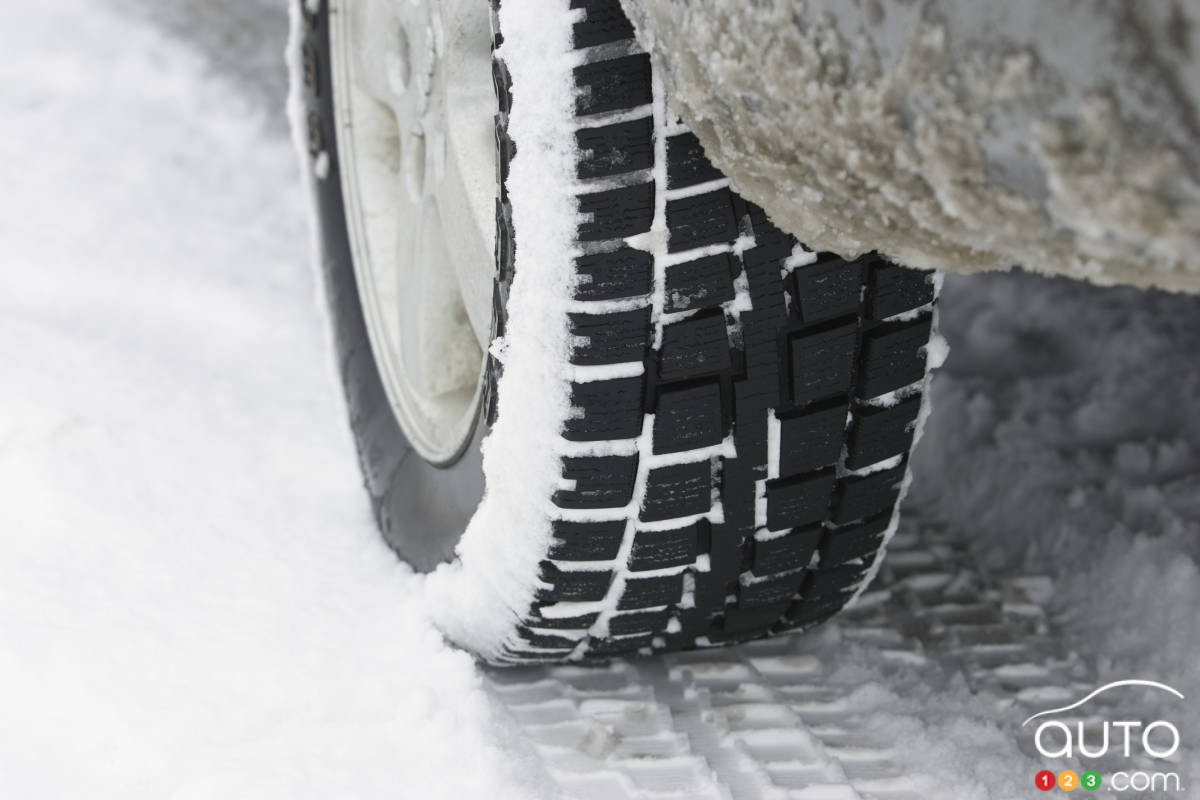 Those tires work for most drives, but as soon as the temperature nears freezing, the advantages of having winter tires make the additional cost and effort worth it. At a recent winter tire test event sponsored by Tire Rack, it became evident to this tire novice just how big the gap is between all-season and winter tires when freezing temperatures come into play.
Those tires work for most drives, but as soon as the temperature nears freezing, the advantages of having winter tires make the additional cost and effort worth it. At a recent winter tire test event sponsored by Tire Rack, it became evident to this tire novice just how big the gap is between all-season and winter tires when freezing temperatures come into play.
Having the chance to test-drive all-season tires and winter tires on slippery and icy surfaces back to back gave me a lot of perspective on the advantages of winter tires and why they're worth it. The test mules were a pair of new Toyota RAV4 XLE AWD models fitted with a set of name-brand all-season tires and a set of name-brand winter tires.
AWD is key here; many drivers believe that having a vehicle equipped with AWD is sufficient to deal with snow, slush, and ice. But I would soon find out that even an AWD vehicle equipped with all-season tires would quickly reach its limits when put in a dynamic situation in inclement winter weather.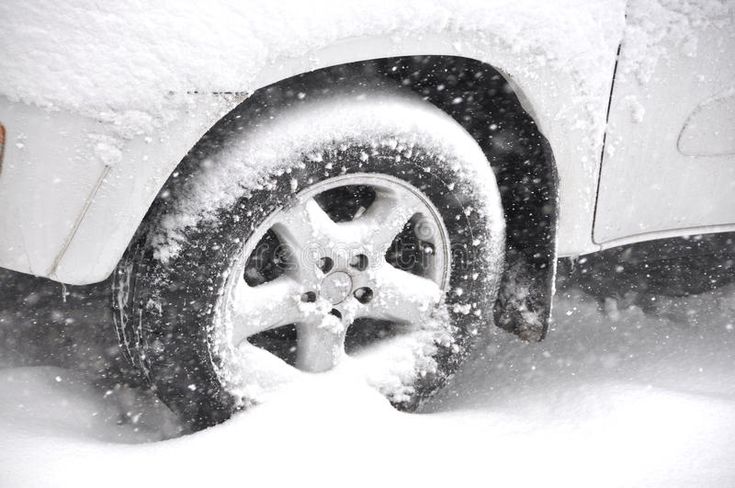 Testing consisted of driving on ice and performing three different, seemingly innocuous tasks: accelerating over a 60-foot span, braking to a halt from 12 mph, and navigating a corner at 11 mph.
Testing consisted of driving on ice and performing three different, seemingly innocuous tasks: accelerating over a 60-foot span, braking to a halt from 12 mph, and navigating a corner at 11 mph.
The results of the 60-foot acceleration portion were similar, since the AWD system did much of the hard work, with times coming in at 3.7 seconds for the all-season tire versus 3.1 seconds for the winter tire. Driving impressions between the two small SUVs varied, though, with lots of wheelspin off the line on the all-season tires, whereas the winter tires seemed to pick up speed quicker.
But it was the braking portion where the winter tires really outperformed the all-seasons. Braking from 12 mph down to a complete stop resulted in lots of ABS modulation for the vehicle equipped with all-season tires—with a stopping distance of 57 feet. The winter tire provided more grip, which allowed the ABS to do its job, stopping the RAV4 in just 34 feet.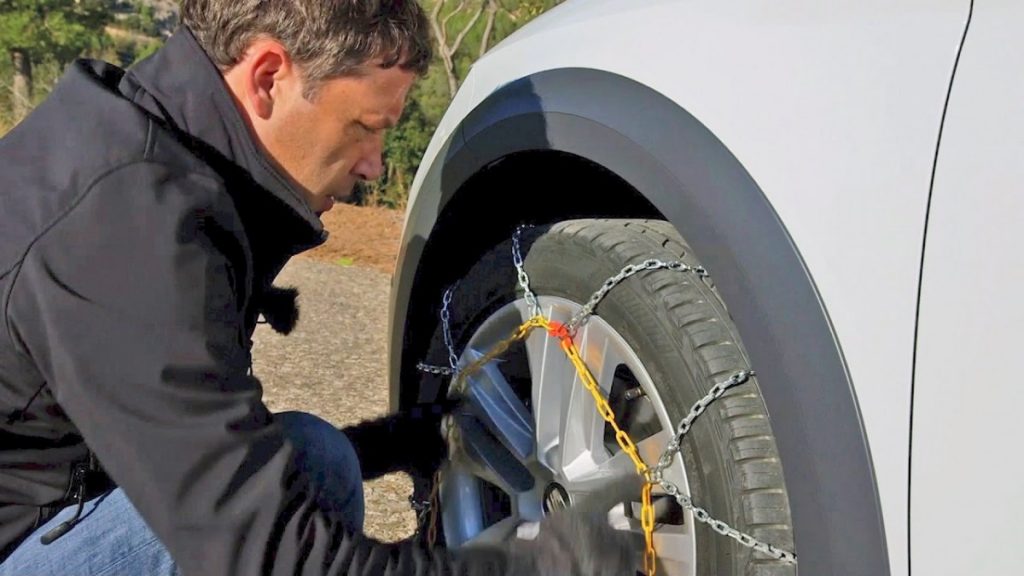 Given that it took an extra 1.5 car lengths to stop from just 12 mph, just think of the extrapolated stopping distances at boulevard or highway speeds. What's more, stopping the RAV4 shod with all-season tires felt violent as the ABS engaged more often, compared to the winter-tire car ,which was more composed under full brake.
Given that it took an extra 1.5 car lengths to stop from just 12 mph, just think of the extrapolated stopping distances at boulevard or highway speeds. What's more, stopping the RAV4 shod with all-season tires felt violent as the ABS engaged more often, compared to the winter-tire car ,which was more composed under full brake.
The cornering test consisted of a 90-degree turn at a steady 11 mph. The winter-tire-equipped vehicle made the turn without losing traction. The car with the all-season tires lost traction and wanted to plow straight ahead—even after the stability control system kicked in and tried unsuccessfully to change the course. It was alarming to note the immediate loss of traction at such a slow cornering speed; the all-season tire simply gave up without much effort.
Winter tire technology has made huge strides over the past few decades. Some of the first snow tires had ridges that acted like paddles clawing through the snow.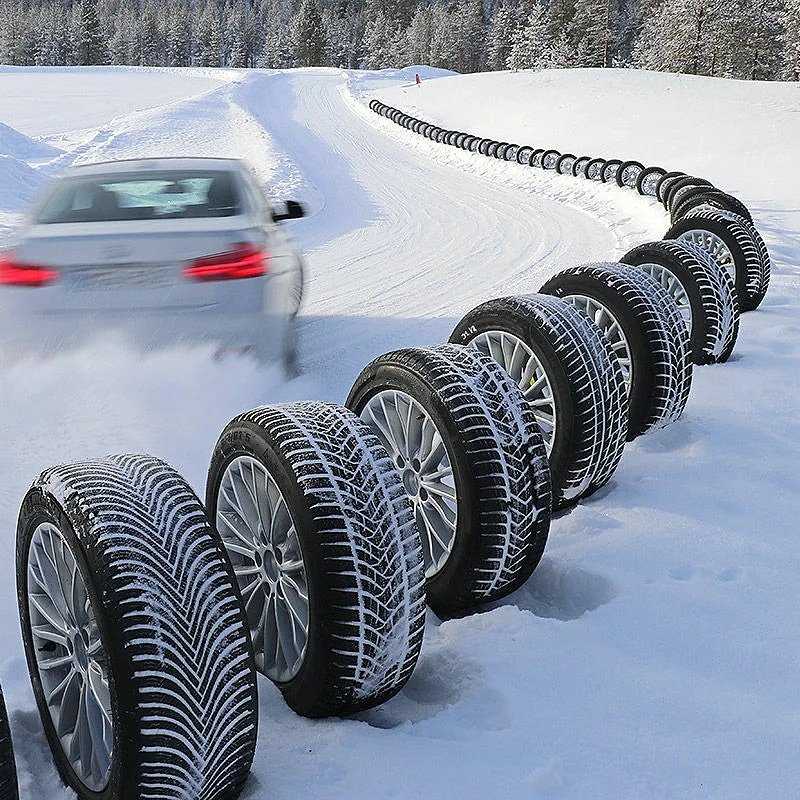 Fast-forward, and winter tire technology has advanced in in three key areas:
Fast-forward, and winter tire technology has advanced in in three key areas:
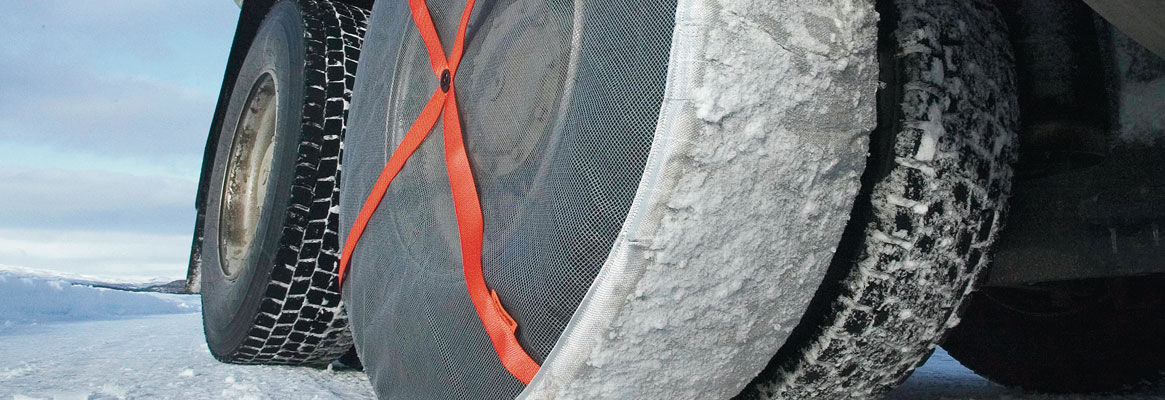 Handling each specimen, it was evident that the winter compound retained its flexible properties in below-freezing temperatures.
Handling each specimen, it was evident that the winter compound retained its flexible properties in below-freezing temperatures. Sure, the upfront costs of another set of tires (even when mounted on steel wheels) will set you back a few hundred dollars. But let's look at some of the other factors at play that make winter tires worth consideration.
One factor is the cost of an insurance deductible compared to buying an additional set of winter tires. If your insurance deductible is $500 and you get into an accident that could have been avoided by upgrading to winter tires, then the extra cost of another set of tires has been nullified.
Owning a second set of tires also lengthens life of your all-season tires, as you'll be putting miles on the winter tires instead, as well as avoiding the added wear and tear of driving all-seasons under conditions that aren't optimal for their use case.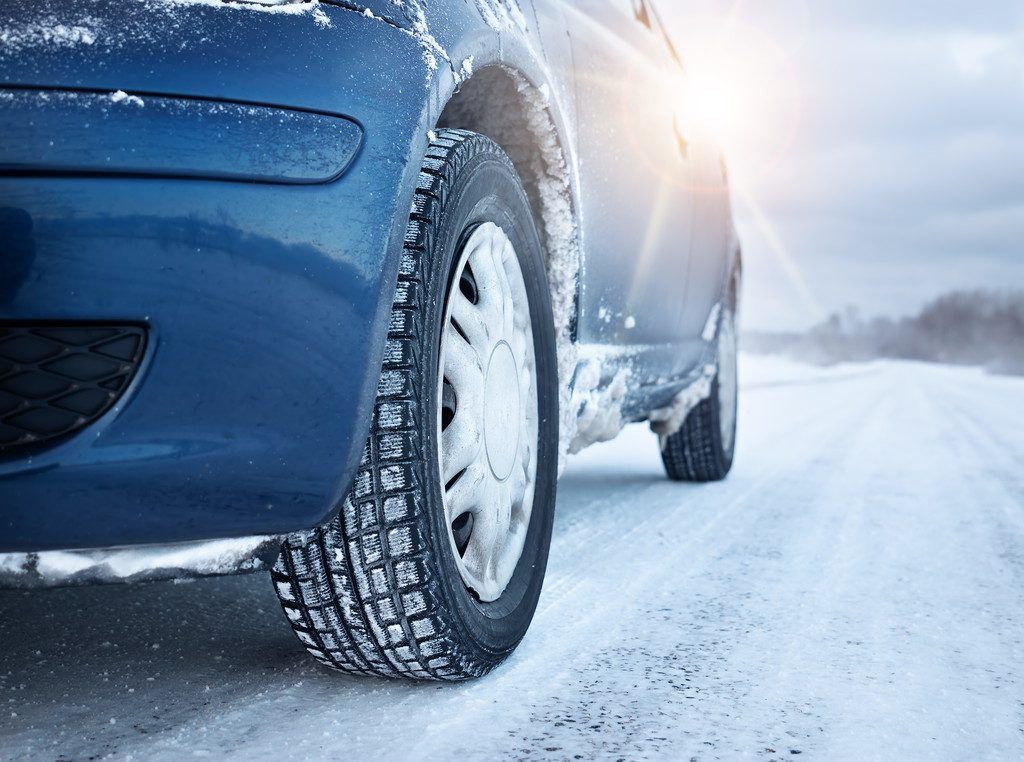
Then there's the matter of your own personal safety as the result of an accident that could have been avoided.
One pair of winter tires and one pair of all-season tires used together on the same vehicle is a bad idea. Sure, it costs half as much, but you only get half the control. Consider that front-wheel-drive cars still rely on the rear wheels to keep the vehicle balanced when weight shifts during a turn. Two winter tires on the front and two all-season tires on the back can result in snap oversteer, better known as an uncontrolled spinout. On the other hand, if the car is rear-wheel drive, having a pair of all-seasons on just the front wheels will result in massive understeer.
Testing identical vehicles equipped with winter tires and all-season tires back to back showcases the vast differences between the two when temperatures drop. All-season tires can handle a variety of driving conditions, which is why cars are equipped with this type of tire from the factory.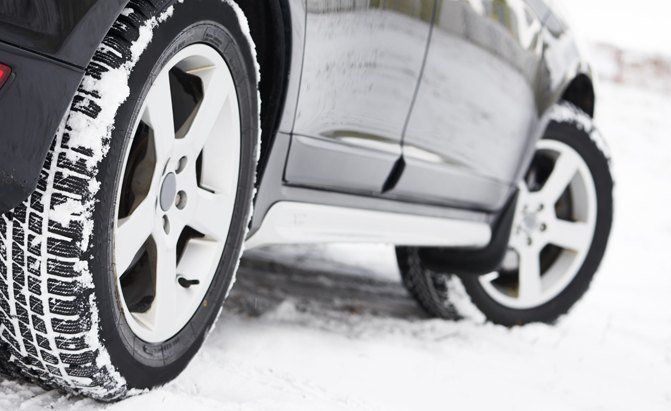 But once temperatures approach and go past freezing, accompanied by snow and ice, all-season tires lose their capabilities—regardless of whether you have all-wheel drive. Winter tires are not just for those who live in northern climates or at a high elevation; if you live somewhere that gets snow, a set of winter tires is worth the cost.
But once temperatures approach and go past freezing, accompanied by snow and ice, all-season tires lose their capabilities—regardless of whether you have all-wheel drive. Winter tires are not just for those who live in northern climates or at a high elevation; if you live somewhere that gets snow, a set of winter tires is worth the cost.
 S. in 2022
S. in 2022Can winter tires be used in summer?
When the weather turns hot in summer, both temperature and road conditions change. And although it seems quite logical to change the tires on the car when the season changes, not all drivers have time to do it on time. Moreover, some believe that winter tires from European manufacturers are designed for the "European winter", which is supposedly soft, so that such tires can be used in Russia in the summer. Is this really true and what is the potential cost of a mistake?
How a winter tire differs from a summer one
The differences are primarily due to the different conditions in which winter and summer tires operate, when it is required to provide maximum grip and driving stability, based on temperature and asphalt conditions.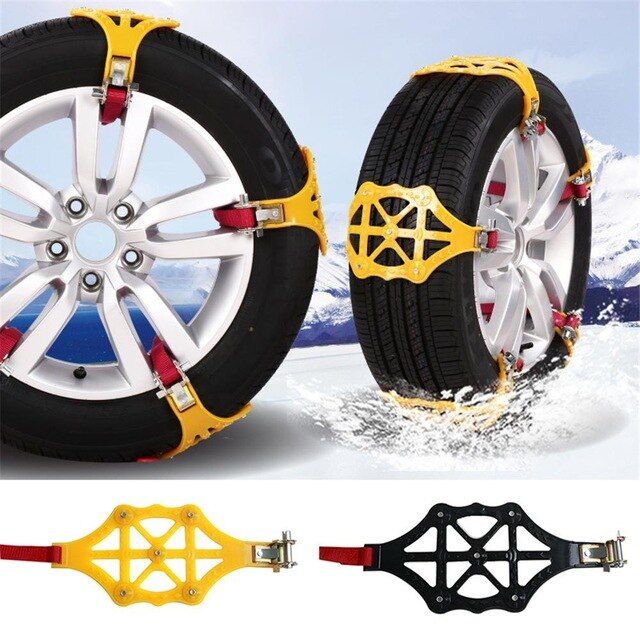 Therefore, there are differences in the production technology of winter and summer tires. An all-season tyre, which occupies an intermediate position between a summer and a winter tire, however, in the heat, it does not perform as well as a summer tire, and in a cold, not as well as a winter one. Thus, a pneumatic tire is a winter tire if the design of the tire, the rubber compounds used in its production, and the tread pattern are specially designed to guarantee increased grip on icy and snow-covered surfaces compared to a conventional summer tire.
Therefore, there are differences in the production technology of winter and summer tires. An all-season tyre, which occupies an intermediate position between a summer and a winter tire, however, in the heat, it does not perform as well as a summer tire, and in a cold, not as well as a winter one. Thus, a pneumatic tire is a winter tire if the design of the tire, the rubber compounds used in its production, and the tread pattern are specially designed to guarantee increased grip on icy and snow-covered surfaces compared to a conventional summer tire.
Winter tires must be marked with the symbols "M+S" or "M&S" or "M S". The manufacturer of a winter tire, in addition to this mandatory marking, may apply an additional marking in the form of a snowflake against the background of a three-headed mountain peak:. This marking indicates that the winter tire is suitable for operation in severe winter conditions, including dense and packed snow, which is confirmed by the high results of special test tests.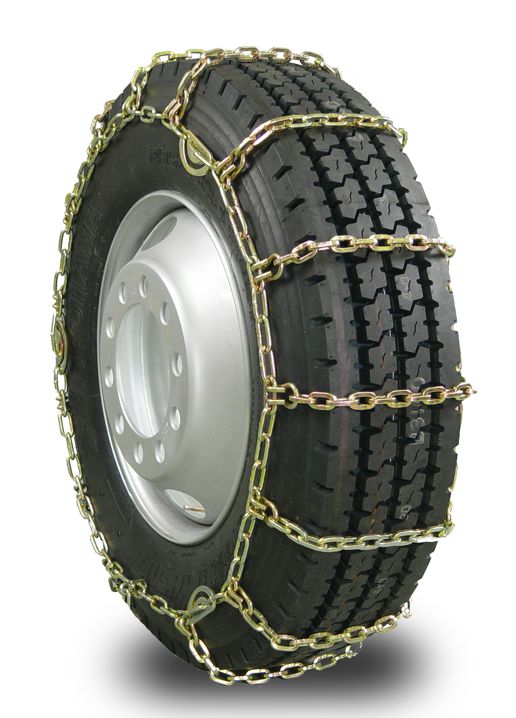 Tires with such a pictogram are usually considered real winter tires. The designation “M + S” on tires literally translates as “mud and snow”. The developers of such tires sought to improve the performance of such tires when driving on mud, freshly fallen or beginning to melt snow. Many all-season tires can carry this label, but not all that have it are tested as tires for severe winter conditions. So, a real winter tire always has the “M + S” marking and the snowflake icon against the background of three mountain peaks at the same time.
Tires with such a pictogram are usually considered real winter tires. The designation “M + S” on tires literally translates as “mud and snow”. The developers of such tires sought to improve the performance of such tires when driving on mud, freshly fallen or beginning to melt snow. Many all-season tires can carry this label, but not all that have it are tested as tires for severe winter conditions. So, a real winter tire always has the “M + S” marking and the snowflake icon against the background of three mountain peaks at the same time.
Differences in the rubber composition of winter and summer tires
In the manufacture of various elements of the tire, rubber compounds of different properties and purpose are used.
Compounds for winter tires must be such that the structural elements of winter tires retain their performance to the maximum extent possible in the temperature range characteristic of a particular climatic zone. Usually the range from positive 5 - 10°C to negative 40 - 45°C is implied. Unlike winter tires, the rubber compounds of summer tires must ensure the effective functioning of the tire at positive temperatures, up to 50 - 55°C. At a positive temperature close to 0°C, the functional characteristics of the rubber compounds of a summer tire noticeably decrease, and at negative temperatures they deteriorate sharply, which makes it very dangerous to use a summer tire in winter at a negative temperature.
Unlike winter tires, the rubber compounds of summer tires must ensure the effective functioning of the tire at positive temperatures, up to 50 - 55°C. At a positive temperature close to 0°C, the functional characteristics of the rubber compounds of a summer tire noticeably decrease, and at negative temperatures they deteriorate sharply, which makes it very dangerous to use a summer tire in winter at a negative temperature.
Differences in tread pattern
Winter tires have a tread adapted to winter conditions. It is deeper, its elements are larger, the structure itself is more sparse. Numerous lamellas (narrow sipes, the width of which is 5-10 times less than the width of the other tread grooves), oriented in different directions, increase the controllability and braking efficiency of the car on snow and ice, as well as increase the grip of the tire on the winter road and the braking efficiency of the car . Winter tire tread grooves are usually wider and deeper than summer tire tread grooves.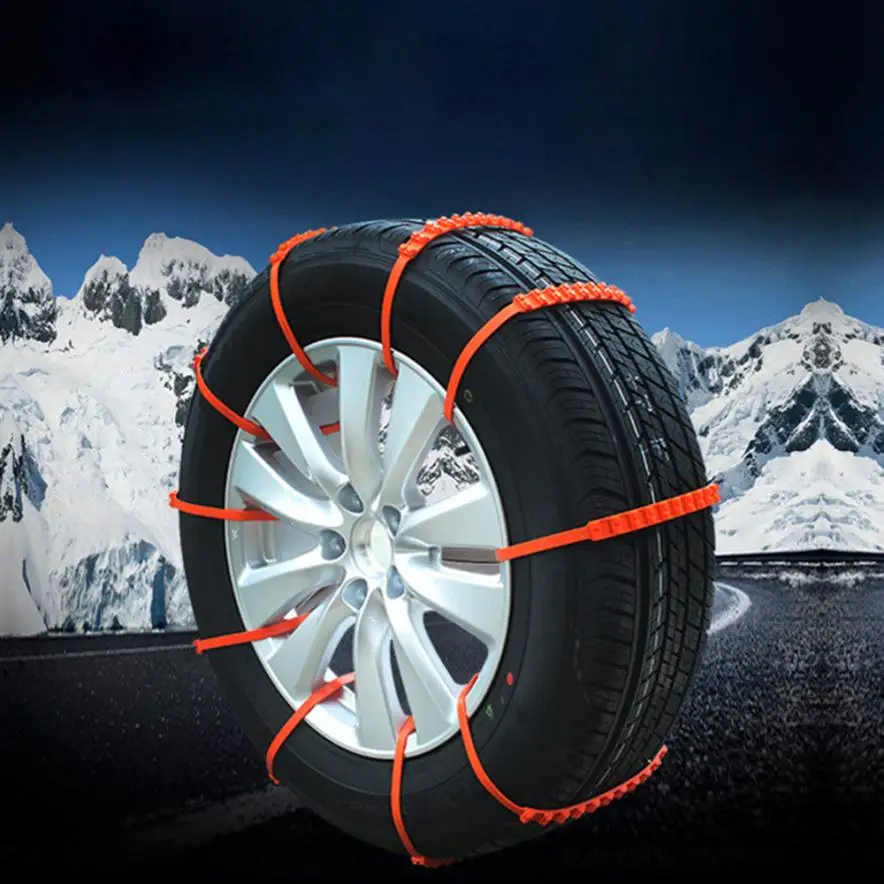 Unlike a summer tire, the tread pattern of a winter tire should provide not only effective water drainage, but also the removal of a mixture of snow and water (snow-water sludge) from the contact patch of a winter tire with the road. In addition, the tread of some winter tires can be equipped with anti-skid studs, which provide increased grip on ice and packed snow. For any tire, the norm of the residual tread depth is set by law, upon reaching which the tire must be removed from service. The tire manufacturer must provide for the presence in the tread pattern of indicators that the tread wear limit has been reached, which help the driver to understand in a timely manner that the tread depth is the minimum permissible and the operation of such a tire should be immediately discontinued. For a winter passenger tire that is operated on an icy or snowy road surface, this rate is 4 millimeters.
Unlike a summer tire, the tread pattern of a winter tire should provide not only effective water drainage, but also the removal of a mixture of snow and water (snow-water sludge) from the contact patch of a winter tire with the road. In addition, the tread of some winter tires can be equipped with anti-skid studs, which provide increased grip on ice and packed snow. For any tire, the norm of the residual tread depth is set by law, upon reaching which the tire must be removed from service. The tire manufacturer must provide for the presence in the tread pattern of indicators that the tread wear limit has been reached, which help the driver to understand in a timely manner that the tread depth is the minimum permissible and the operation of such a tire should be immediately discontinued. For a winter passenger tire that is operated on an icy or snowy road surface, this rate is 4 millimeters.
The tread pattern of a summer tire is designed taking into account the specifics of tire operation in summer conditions, usually these are good roads, high speeds, increased requirements for driving comfort, efficiency and mileage of a summer tire, and safety on wet roads.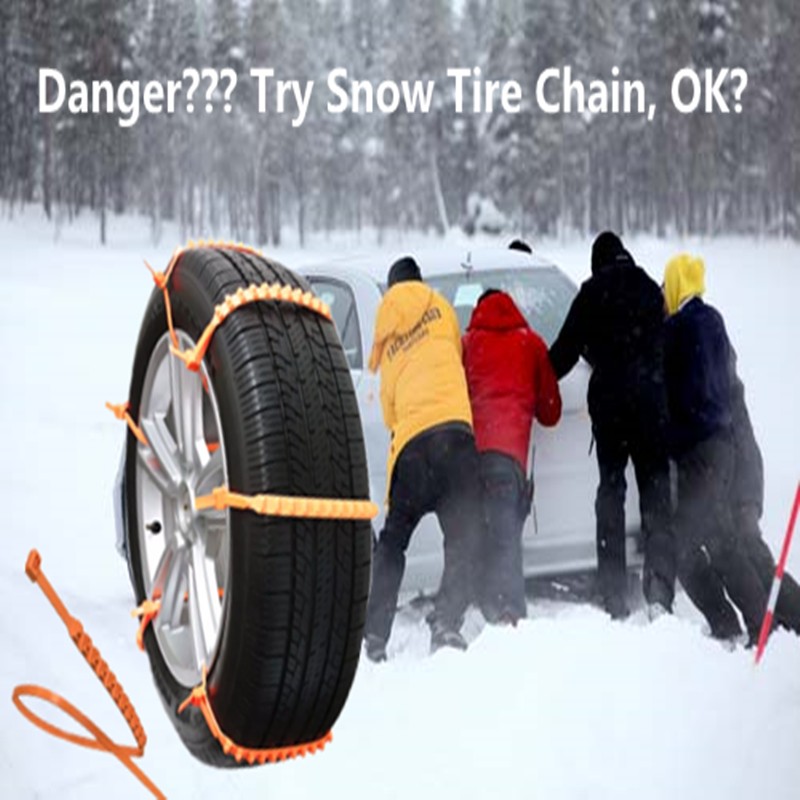 The number of sipes in the tread pattern of a summer tire is significantly less than that of a winter tire. The summer tire tread cannot be equipped with anti-skid studs. For a summer passenger tire, the legally established norm for the residual tread depth, upon reaching which the summer tire must be taken out of service, is 1.6 mm.
The number of sipes in the tread pattern of a summer tire is significantly less than that of a winter tire. The summer tire tread cannot be equipped with anti-skid studs. For a summer passenger tire, the legally established norm for the residual tread depth, upon reaching which the summer tire must be taken out of service, is 1.6 mm.
Effects of using a winter tire in summer
Winter tires have improved grip on snowy and icy roads. If you use winter tires on dry road surfaces, you may encounter a deterioration in vehicle handling, an increase in braking distances, an increased risk of aquaplaning, excessive heat generation in the tire, faster wear of the tread part of the winter tire, and a rather high level of noise generated by the tire. Winter studded tires destroy dry pavement with their studs, thereby causing harm not only to the road itself, but also to the environment. Winter tires are usually heavier than summer tires of similar size, the groove depth and saturation of the sipes in the tread pattern are greater, which leads to the deterioration of such an important tire property as fuel efficiency for motorists.
The time when it is necessary to change tires
As for the procedure for using winter tires, it is defined in the technical regulation of the Customs Union "On the safety of wheeled vehicles" (abbreviated as TR CU), which was approved by the Commission of the Customs Union in 2011, and entered into effect in January 2015.
In particular, the TR CU establishes that during the winter period (December, January, February) it is forbidden to operate vehicles that are not equipped with winter tires, but in the summer period (June, July, August) it is forbidden to operate vehicles equipped with winter tires. studded tires. Moreover, these time intervals can be changed by the relevant government bodies and changed only in the direction of expansion.
Thus, during the summer period (June, July, August), the law does not prohibit the operation of winter non-studded tires (sometimes they are also called friction, and in household jargon “Velcro”). But, nevertheless, these are winter tires and the manufacturers of these tires sought to put in them the maximum performance characteristics (and, above all, safety characteristics!), Which manifest themselves precisely on winter roads. It does not matter whether these tires are recommended for operation in severe winter conditions or in mild (sometimes the term "European") winter is used. In terms of safety, comfort, economy, winter studless tires cannot compete with tires specially designed for operation in the summer, namely, with summer tires.
It does not matter whether these tires are recommended for operation in severe winter conditions or in mild (sometimes the term "European") winter is used. In terms of safety, comfort, economy, winter studless tires cannot compete with tires specially designed for operation in the summer, namely, with summer tires.
With this in mind, tire manufacturers usually recommend replacing winter tires with summer tires if the average daily air temperature exceeds +7 °C.
https://ria.ru/20180118/1512786049.html
A slippery question: what is better for winter - studded or non-studded tires?
A slippery question: what is better for winter - studded or non-studded tires? - RIA Novosti, 03.03.2020
A slippery question: what is better for winter - studded or non-studded tires?
Winter in Russia always comes unexpectedly: in some regions for a couple of months, in others for half a year or even more.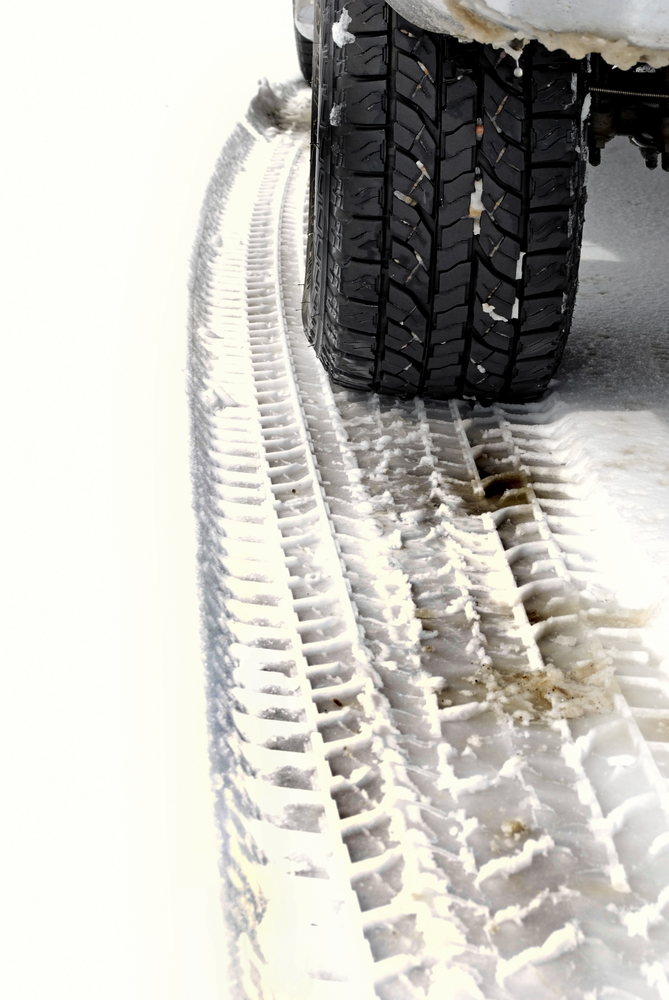 In the current season in the central regions of the country RIA Novosti, 01/18/2018
In the current season in the central regions of the country RIA Novosti, 01/18/2018
2018-01-18T08:00
2018-01-18T08:00
2020-03-03@T09:05
/[html name='og:title']/@content
/html/head/meta[@name='og:description']/@content
https://cdnn21.img.ria.ru/images/sharing/ article/1512786049.jpg?15127838331583215528
Russia
RIA Novosti
1
5
4.7
9000
7 495 645-6601
FSUE MIA Today "
https: // XN --c1acbl2abdlkab1og.xn--p1ai/ Awards/
2018
RIA Novosti
1
5
4.7
9000 9000 9000 9000 9000
Internet-grian.ru
7 495 645-6601 9000 9000 9000 9000 9000 Russia Today
https://xn--c1acbl2abdlkab1og.xn--p1ai/awards/
News —c1acbl2abdlkab1og.xn--p1ai/
RIA Novosti
1
5
4.7
9000
7 495 645-6601
Federal State Unitary Enterprise “Russia Today” 9000 9000 9000 9000 9000 9000 9000 9000 9000 9000 9000 9000 9000 9000 9000 9000 9000 9000 9000 9000. 000 https://xn--c1acbl2abdlkab1og.xn--p1ai/awards/
000 https://xn--c1acbl2abdlkab1og.xn--p1ai/awards/
RIA Novosti
1
5
4.7
9000 9000
7 495 645-6601
FSUE MIA "Russia Today"
https: //xn--c1acbl2abdlkab1og.xn- P1AI/Awards/
RIA Novosti
1
5
4.7
9000
7 495 645-6601
FSUI MIA Russia Today
https: // xn--c1acbl2abdlkab1og.xn--p1ai/awards/
auto, Russia
Auto, Russia
MOSCOW, January 18 — RIA Novosti, Sergey Belousov. Winter in Russia always comes unexpectedly: in some regions for a couple of months, in others for six months or even more. This season, in the central regions of the country, almost no snow was seen until the New Year. Each motorist has already decided for himself which tires will best ensure his safety: studded or non-studded. RIA Novosti, together with tire industry experts, found out what is preferable in certain situations and how to behave on Russian roads when driving a car with one or another type of winter tires.
December 24, 2017, 08:00
Total swindle: why pneumatic tires will end up in a landfill Why all pneumatic tires will soon end up in a landfill
opted for studded tires. In October last year, only about 15 percent of service users were interested in Velcro (as non-studded tires are commonly called), in November, demand grew by only a couple of percent.
Studded are most popular in the Saratov and Smolensk regions, as well as in the Republic of Tatarstan (from 83 to 88 percent). Velcro attracts car owners from the Stavropol, Khabarovsk, Primorsky and Krasnodar Territories, as well as the Kaliningrad Region: there the share of studded tires did not exceed 14-30 percent of the total number of requests.
Everyone knows that studded tires are indispensable in small towns: snow is rarely or poorly removed there, densely packed snow crust is often formed, as well as ice. Numerous independent tire tests show that in these conditions the use of studs is justified, the braking distance of cars "shod" in them becomes significantly shorter.
Numerous independent tire tests show that in these conditions the use of studs is justified, the braking distance of cars "shod" in them becomes significantly shorter.
Michael Zickfeld, Continental's Technical Customer Service Specialist, also recommends studded tires in the Russian metropolitan areas of Moscow and St. Petersburg. According to the expert, in both capitals, snow often melts on roads treated with reagents, and freezes again in the morning, turning into ice. If we add snowfall to this, then it is difficult to imagine a more dangerous situation: the advantage in this situation is on the side of cars with studded tires.
“In 2004, the use of studded tires was banned in Norway for one season,” says Michael Zikfeld. “The number of accidents increased several times, especially in small towns, which occurred mainly at intersections with traffic lights. removed."
A Pirelli technician reminds you that studded tires are designed mainly for northern countries and are prohibited in most European countries. In Russia, such tires will ensure safety in most cities.
In Russia, such tires will ensure safety in most cities.
December 28, 2017, 08:00
Shattered to pieces? Ten myths about winter driving
Studless tires are sometimes referred to as friction tires, from the Latin word frictio - friction. Pirelli specialists say that this concept is philistine. The principle of operation of all tires is friction, friction with the road surface. Modern companies offer a wide selection of rubber in their product lines, but you need to be able to distinguish between them. For example, there are so-called mild European winter tires designed for moderate winter temperatures and handling predominantly snow or wet surfaces. Others, just friction ones, are designed for harsh winters. There are also tires for southern regions (mainly European). They are usually called "all seasons", and they are not adapted for Russian winters, do not provide the proper level of safety, although in the summer they can be used, for example, for off-road driving.
© Photo: courtesy of Continental Winter road
© Photo: courtesy of Continental
season in Russian latitudes. "One of the valuable benefits of non-studded tires is acoustic comfort," Pirelli notes.
December 26, 2017, 08:00
Try to steal: five simple life hacks that will keep your car from being stolen
Michael Zickfeld from Continental explains how to distinguish different types of non-studded tires from each other: the sidewall of a tire for harsh winters is at a right angle, while for a European one it is rounded. Euro winter tires are designed for operation from plus seven to minus 15 degrees Celsius. Most often they are used on dry asphalt or on wet snow. "Nordic" tires are designed for much lower temperatures: up to 50-60 degrees below zero. There is also a difference in the composition of rubber: tires are harder for mild winters, and softer for severe ones. By the way, you can’t even store European tires at minus 50, let alone drive them.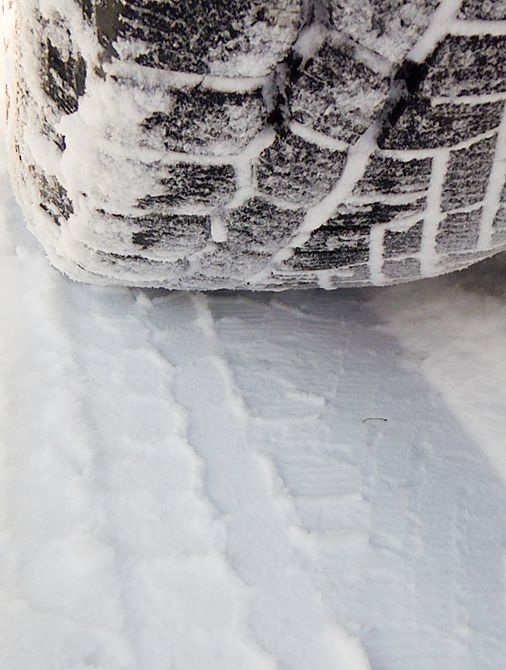
17 December 2017, 08:00
How steel was broken: deadly cars sold in RussiaTop deadly cars sold in Russia
there is no ice on the road. Tests also show that Velcro is much more stable on slush and loses traction at higher speeds than on a car with studded tires. As Michael Zikfeld explains, the lamellas of the "frictions" take the snow into themselves and make it grapple with the snow lying on the road. In addition, these grooves provide better water drainage. Even on a rolled snow surface or ice cover at negative temperatures down to minus 10 degrees Celsius, a water film is formed about a millimeter thick. Friction tires in this case drain water and provide a good grip. The liquid film disappears only at very low temperatures (about minus 30 degrees), and then non-studded tires lose their effectiveness.
Surprisingly, the more cars with studded tires in the city, the safer the operation of cars with non-studded tires. On an icy road, the spikes loosen the surface and thus create more grip for the Velcro.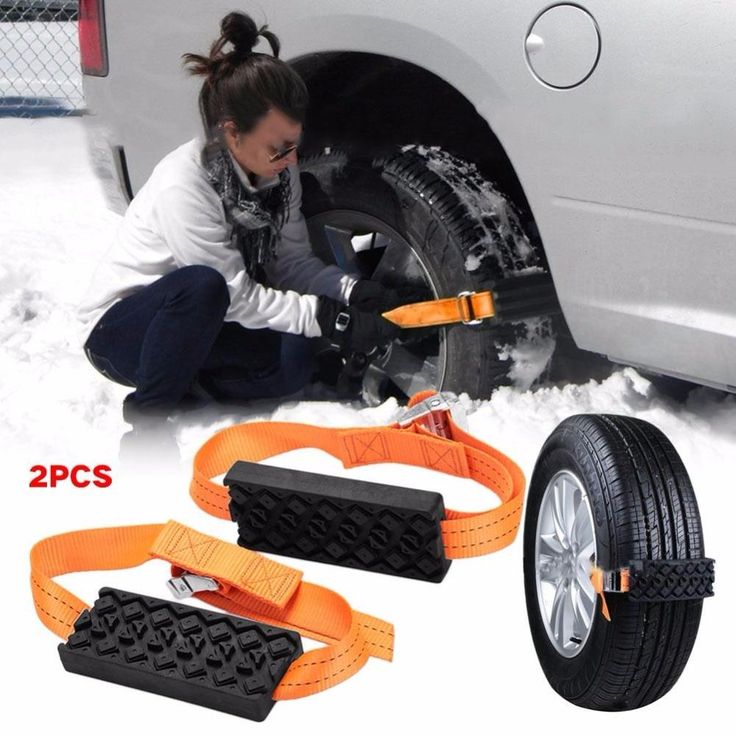 That is why, according to a Continental expert, friction tires can be used even in regions with severe winters. Of course, large cities are not alike, and winter somewhere in Siberia leaves almost no chance for non-studded tires.
That is why, according to a Continental expert, friction tires can be used even in regions with severe winters. Of course, large cities are not alike, and winter somewhere in Siberia leaves almost no chance for non-studded tires.
One thing not to consider when choosing tires is the type of vehicle drive. “All drives brake equally, and what’s more, all-wheel drive cars weigh a little more than their 2-wheel drive counterparts, so quality tires that provide good deceleration are even more important to them,” says Zikfeld.
Braking is also affected by the width of the tire tread: if it is possible to install larger diameter discs on the car, then there is no doubt that with the same tires, the larger wheels will provide a little better deceleration.
For the studs and tread of any tire to last longer, it is important to break it in. The Continental expert advises the first 500-800 kilometers to drive smoothly at a speed of no more than 100 kilometers per hour.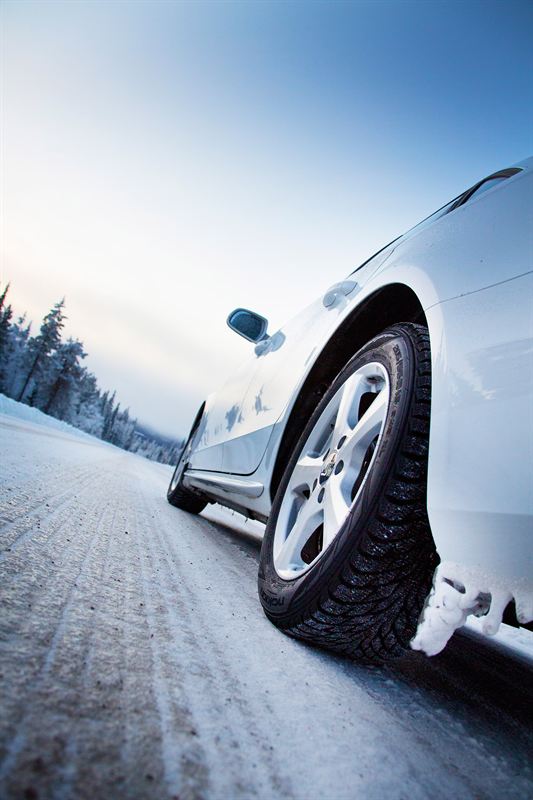 So tires wear out less and last longer. Otherwise, the spikes will take the wrong position (bend at the wrong angle) and fly out faster. The same with the tread - without a break-in, it wears out much faster and the tire life can be reduced by two or more times.
So tires wear out less and last longer. Otherwise, the spikes will take the wrong position (bend at the wrong angle) and fly out faster. The same with the tread - without a break-in, it wears out much faster and the tire life can be reduced by two or more times.
"We monitor the use of tires in taxis - they drive there in a year as much as an ordinary driver in three or four years," says Michael Zickfeld. "So, in some cases, a tire becomes unusable after 25 thousand kilometers, and in others, with the same distance traveled, all the spikes on it are intact.
Pirelli is of the same opinion and adds that the service life also depends on the correct pressure, adjusted camber / toe-in, temperature in which the rubber is used, road surface and off-season storage conditions.
December 10, 2017, 08:00
Through the snow and snowdrifts: what new cars will appear in Russia this winter
Do not sound the alarm if spikes start to fall out of the tire. "The loss of 10 percent of the spikes will not affect the behavior of the car," Continental notes. "Claws" usually fall out after 20 thousand kilometers, but if the driver drives the car aggressively, constantly starts with slippage, brakes sharply on dry pavement, this will happen much faster.
"The loss of 10 percent of the spikes will not affect the behavior of the car," Continental notes. "Claws" usually fall out after 20 thousand kilometers, but if the driver drives the car aggressively, constantly starts with slippage, brakes sharply on dry pavement, this will happen much faster.
In a relaxed driving mode, the studs fall out as the tread wears out, but even after losing half the tire will still be able to provide an acceptable level of braking. Replacement will be required when the tread depth becomes less than four millimeters: the spikes will fall out like scurvy teeth.
For a friction tire, everything is much simpler: you only need to look at the tread depth. Many car manufacturers have indicators: numbers or images of snowflakes are gradually erased, suggesting when it is time to change tires. According to Russian laws, it is forbidden to use winter tires with a tread depth of less than four millimeters.
If one of the wheels fell into a pit, was damaged in an accident and the winter tire became unusable, it must be replaced carefully.